The Golden Age, the Silver Age, and beyond: the different eras of comic book history explained
What do people mean when they refer to the Golden Age, Silver Age, Bronze Age, and beyond?
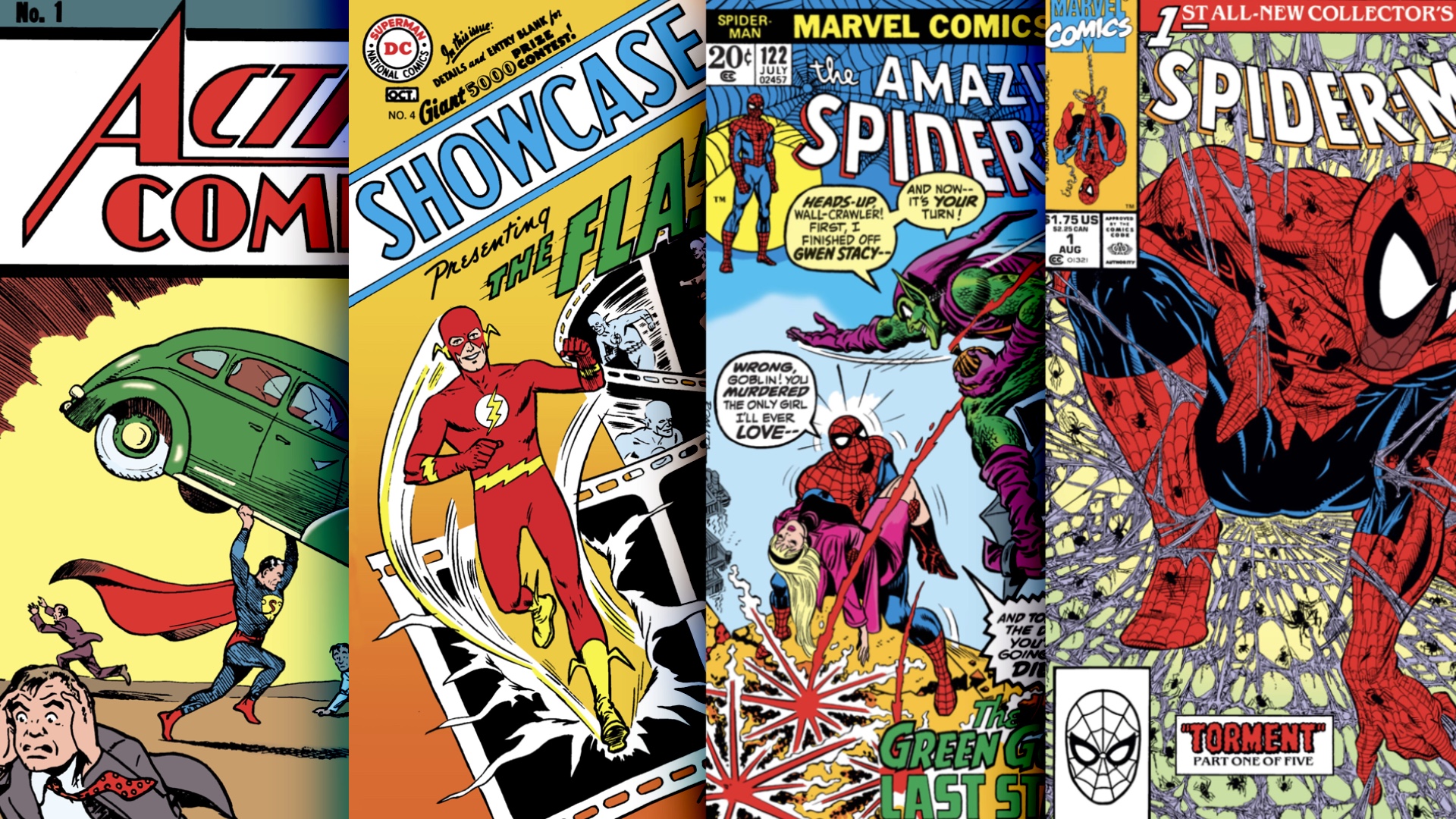
Next week, DC debuts The New Golden Age #1, which ushers in what DC has called a "new Golden Age" of its superhero universe. And the publisher recently retconned a bunch of new "Golden Age" heroes into its history.
At the same time, Marvel Comics is drawing on "Bronze Age" nostalgia for a set of connecting covers by artist Phil Jimenez which depict the Avengers of that era for the upcoming Avengers Assemble crossover.
But what does it mean when DC and Marvel refer to the "Golden Age" and the "Bronze Age," or the commonly named "Silver Age?"
When do those eras start, and end - and what separates them in the history of comics? We'll explain the Golden Age, the Silver Age, the Bronze Age, and the other eras of comic history right here.
The Golden Age
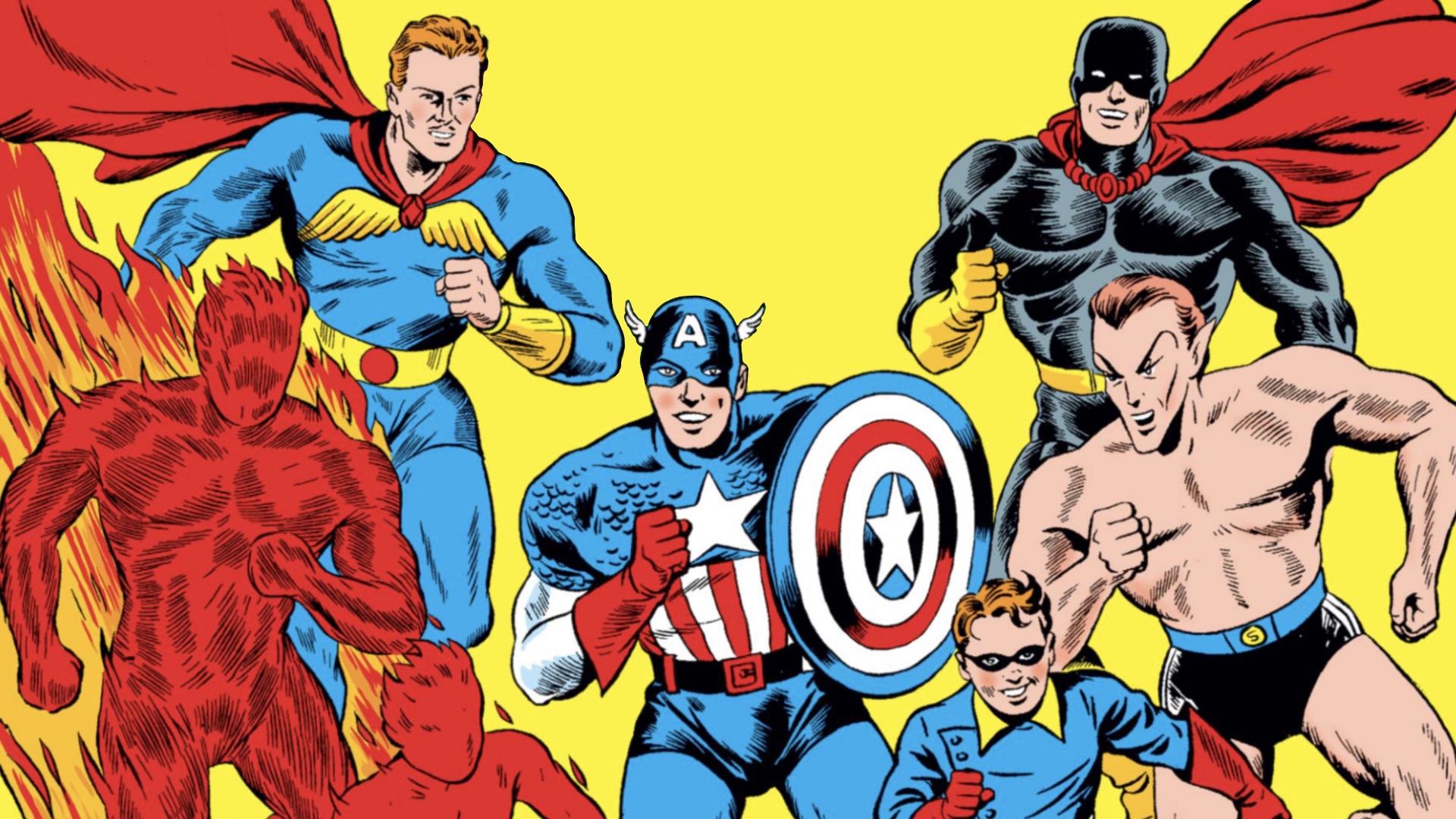
The term 'Golden Age' is used to refer to a lot of eras - not just comics. And it usually means the same thing: the era when a concept or idea was on its rise and at its peak of popularity in the public consciousness.
In comic terms, this boils down to the late '30s all the way through the late '50s, starting with the first appearance of Superman, the first fully formed American superhero, in 1938's Action Comics #1.
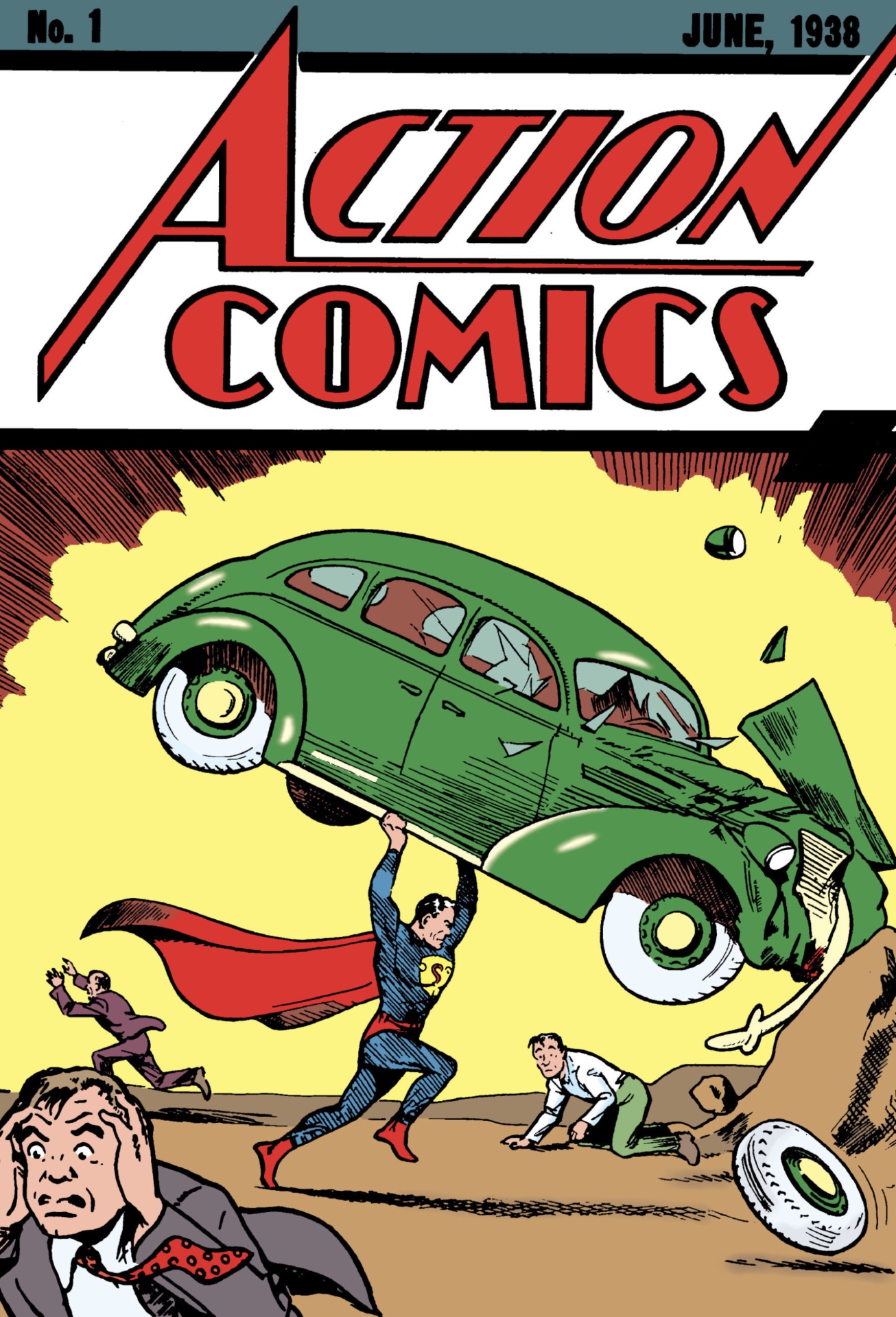
Following the introduction of Superman, the Golden Age broke loose, introducing dozens of still famous heroes such as Captain America, Namor, Batman, Wonder Woman, and the Justice Society, as well as hundreds of now long-forgotten early attempts at the medium.
Get the best comic news, insights, opinions, analysis and more!
The Golden Age technically lasted through the mid-'50s, but the mid to late '40s saw a huge downturn in superhero comics thanks to public hysteria over the content of superhero stories, drummed up by anti-comic book activists (it sounds like a comic book plot itself).
In those years, Batman, Superman, and Wonder Woman managed to stick around with much more lighthearted, often silly stories. But then, in the mid-'50s, superheroes came back in a huge way.
The Silver Age
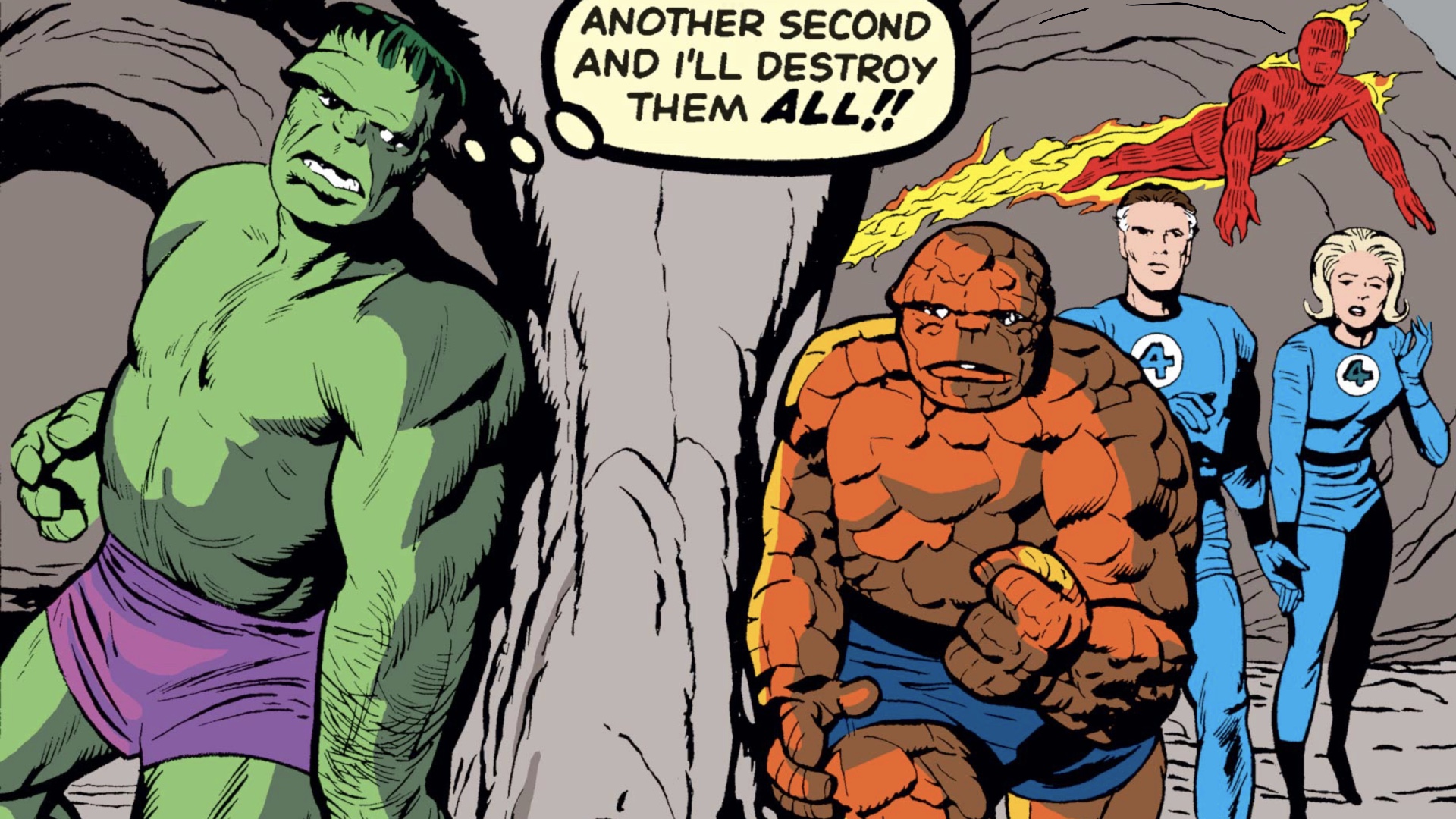
The mid-'50s, specifically the years 1956-1959, saw the slow start of a return for superheroes, culminating in the dawn of the 'Silver Age,' and the start of the modern concepts of superhero storytelling that persist to this day.
1956 brought DC's introduction of Barry Allen in Showcase #4, who revived the name of the then-dormant Golden Age hero the Flash, kicking off a wave of such revamps for heroes like Green Lantern, Hawkman, the Atom, and more, and the eventual introduction of the Justice League as an updated version of the Golden Age team the Justice Society.

The success of DC's revamped superhero line led to the start of the Marvel Universe in 1961 with Fantastic Four #1, followed by the introduction of still-popular heroes such as Spider-Man, Iron Man, Thor, and the Hulk.
The Silver Age brought the first inklings of the kind of stories that would be told in superhero comics in just a few years, with interconnected universes (or even Multiverses) of characters and a focus on the emotional interplay of the heroes and villains as well as their dynamic exploits.
The Bronze Age
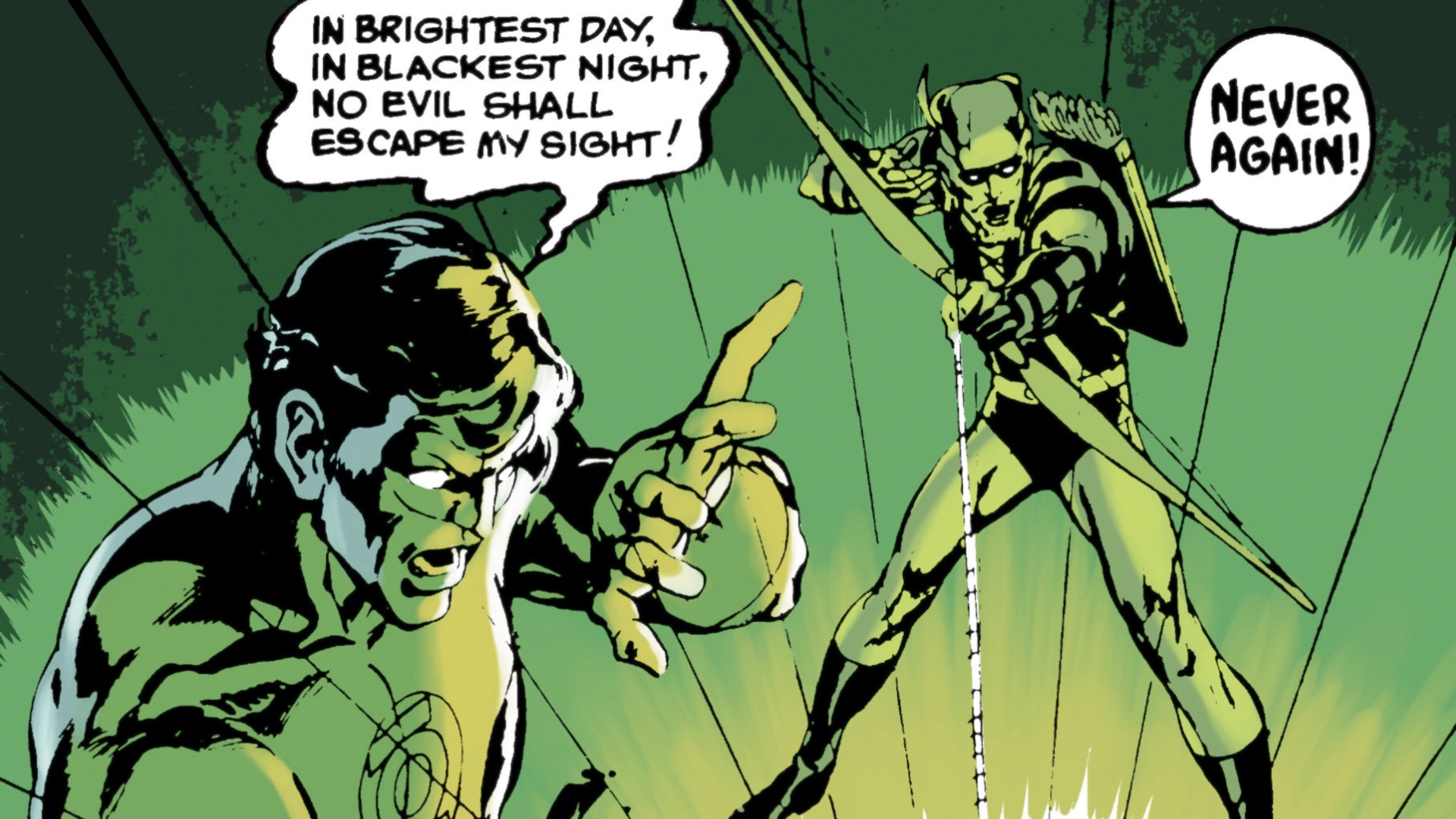
Around the start of the '70s, the medium of superhero comics began to expand and evolve again, with a new wave of creators who were already well-versed in the Marvel and DC Universes coming onto the scene.
With them, they brought new, somewhat more esoteric, and often psychedelic stories about cosmic beings clashing with down-to-earth heroes, all the while pushing the old guard of creators to meet them in the swingin' '70s.

This is the era that introduced heroes such as Wolverine, Ghost Rider, Storm, and Luke Cage at Marvel, while at DC heroes like Hal Jordan and Oliver Queen were getting into far more openly political territory in their joint Green Lantern/Green Arrow title.
Many of the concepts that are now part-and-parcel in superhero comics started in the '70s, such as the ramp-up of inter-title crossovers, the expanded X-Men team, the New Gods, and even the death and return of some characters.
The Modern Age
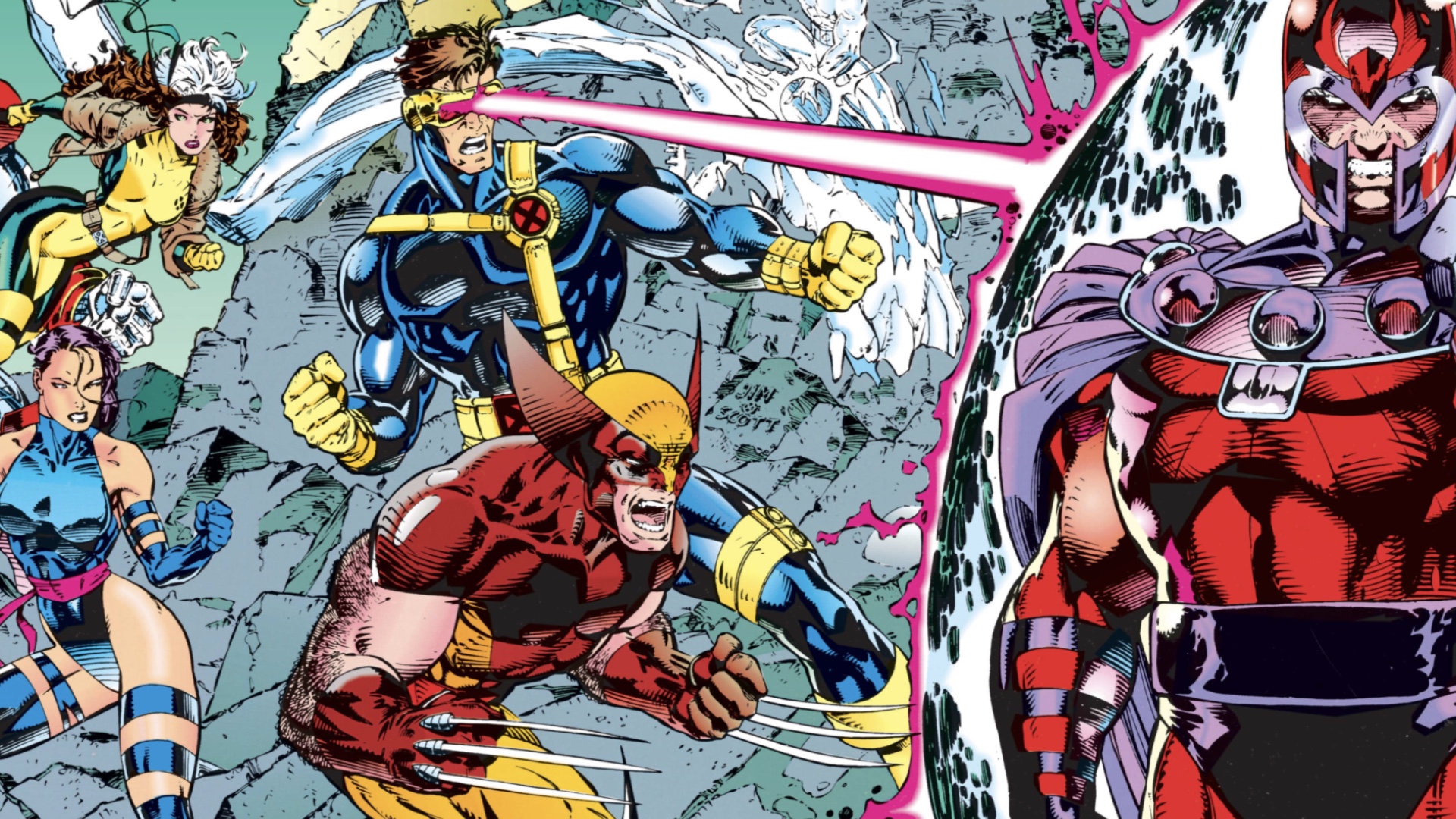
Here's where things actually get a little hazy. There's some debate on where the so-called 'Modern Age' begins and ends, with some folks going so far as to place the start all the way back at the 1973 Spider-Man story 'The Night Gwen Stacy Died.'
However, most agree that while that story marked the start of a more mature level of storytelling in superhero comics, the Modern Age actually begins in the mid to late '80s with the rise of stories such as X-Men: Dark Phoenix Saga, Watchmen, and The Dark Knight Returns, which began to elevate the medium of superhero comics in the eyes of the public.

The other key marker of the start of the Modern Age is the subsequent speculation boom of the early '90s that sent comic book values skyrocketing, and had hundreds of people lining up at comic shops to get ahold of comics they perceived would increase in value over time.
There's also some debate on when (or if) the Modern Age ends - or if that's even the correct terminology for comics that are now 30-40 years old.
Some refer to the late '80s and early '90s as the 'Chromium Age,' referring to the habit of putting reflective chromium material on 'special edition' comics of the era, though that term is not nearly as common.
There's also the somewhat jokey delineation of the early '00s and beyond as the 'Diamond Age,' referring in part to the rise of Diamond Comic Distributors as a monopoly in the industry, which has only begun to fade in recent years.
Speaking of comic history, now is a perfect time to dive into the best Marvel Comics stories ever and the best DC stories ever.
I've been Newsarama's resident Marvel Comics expert and general comic book historian since 2011. I've also been the on-site reporter at most major comic conventions such as Comic-Con International: San Diego, New York Comic Con, and C2E2. Outside of comic journalism, I am the artist of many weird pictures, and the guitarist of many heavy riffs. (They/Them)



